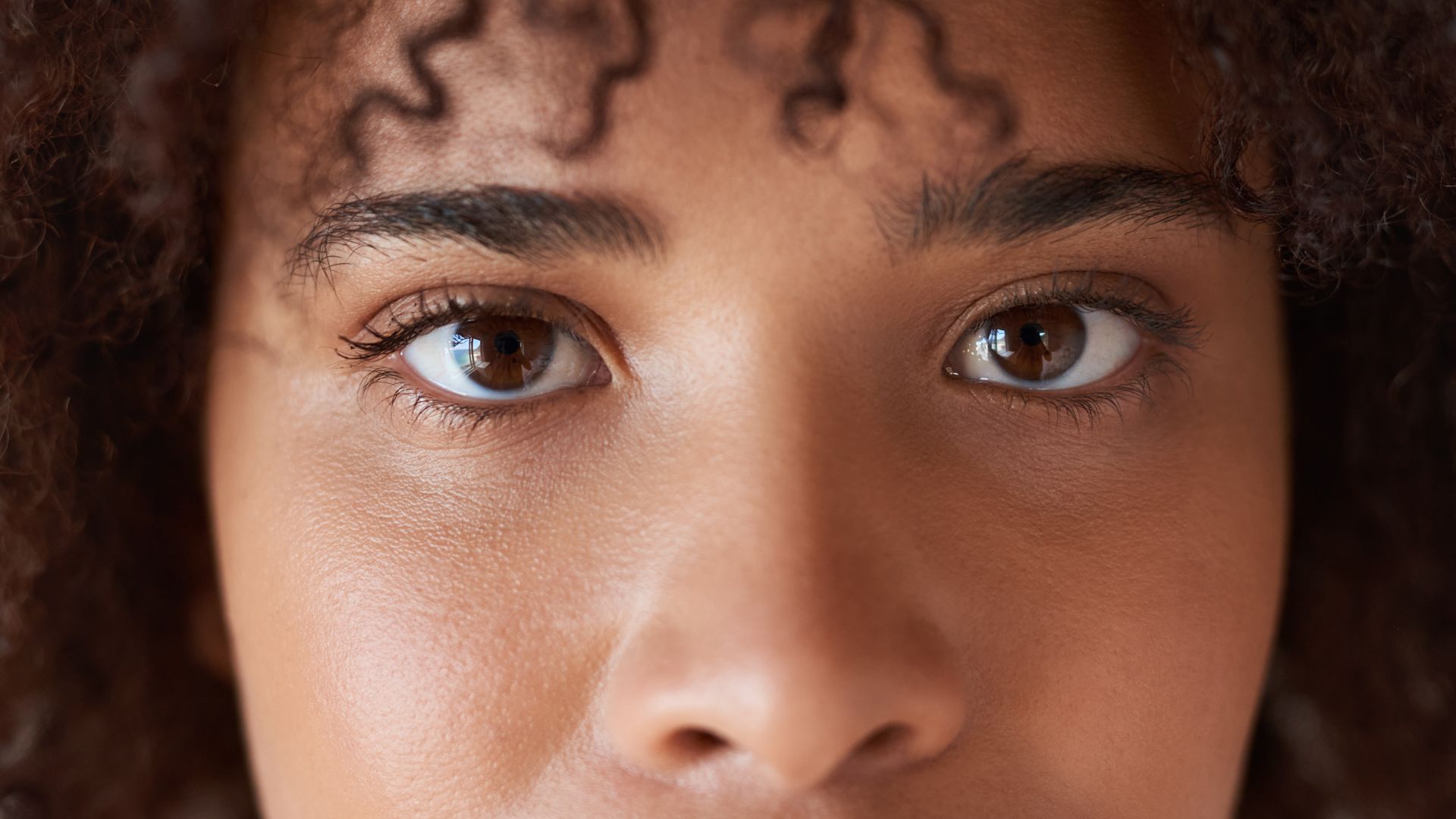What are eyes made of?
The eyes are said to be the windows into the soul, but what are they made of?

Eyes are among the most unique organs in the body. They enable us to see the world around us, to convey our emotions and even be recognized by biometrics. But what are eyes actually made of?
To explain, let's begin by looking at the key structures of the eye.
"The similarities [in terms of structure] are more like a camera," Dr. Parwez Hossain, a professor of ophthalmology at the University of Southampton in the U.K., told Live Science. "You have the frontal optical system which consists of the cornea and the lens, and the photosensitive area, which is called the retina."
The cornea is the smooth front surface of the eye that covers the lens and focuses most of the light that hits the eye onto the retina at the back of the eye, he said. The cornea is predominantly made up of a protein called collagen, which is arranged in a very regular pattern that helps light pass through the eye. Collagen also strengthens the eye, which is important because this region is very exposed and therefore vulnerable to damage.
Related: How do screens damage your eyes?
Behind the cornea is the lens that focuses the rest of the light that enters the eye onto the retina. The lens is made up of proteins that maintain its transparency and make it flexible so that it can change shape and thus enable us to see objects that are either near or far away.
According to Hossain, the retina can be likened to photographic film. It is composed of 10 distinct layers of nerve cells, or neurons, including rod and cone photoreceptor cells that react to light. When illuminated, these cells generate electrical impulses. These then travel down the optic nerve, which is behind the eye, and pass into the brain, where they are interpreted as vision.
Get the world’s most fascinating discoveries delivered straight to your inbox.
Many other structures in the eye also support vision, Hossain said. These include the conjunctiva, which is a clear, thin protective outer membrane that lines the inside of the eyelids and covers the white part of the eye called the sclera — another protective region which helps maintain the shape of the eye.
There is also the colored part of the eye known as the iris, which is made up of muscle that controls the size of the pupil, the black spot within the iris that enables light to pass through to the lens. The color of the iris depends on how much of a pigment called melanin it contains. Fluids, such as the vitreous humor and the aqueous humor, maintain the round shape of the eye and nourish it, respectively.
Related: What are tears made of?
As we age, the composition and structure of the eyes change. One of the main areas where this happens is in the lens.
"As we get older, the lens stiffens and loses its ability to change shape during focusing and by middle age this loss of focusing ability means that we need reading glasses for near focus," John Lawrenson, a professor of clinical visual science at City, University of London, told Live Science in an email.
The lens also becomes less transparent and can develop "cloudy" areas called cataracts, Lawrenson said. More than half of Americans over the age of 80 have had cataracts at some point. Although most cataracts are linked to aging, other risk factors include having diabetes and smoking.
Another common age-related eye disease is age-related macular degeneration (AMD), Lawrenson said, which occurs in the central area of the retina called the macula.
"Because lens cells and retinal cells do not renew themselves, the lens and retina are most susceptible to damage with age," Lawrenson said. "Exposure to UV light and high oxygen levels in the eye create conditions that can lead to cellular damage."
This article is for informational purposes only and is not meant to offer medical advice.

Emily is a health news writer based in London, United Kingdom. She holds a bachelor's degree in biology from Durham University and a master's degree in clinical and therapeutic neuroscience from Oxford University. She has worked in science communication, medical writing and as a local news reporter while undertaking NCTJ journalism training with News Associates. In 2018, she was named one of MHP Communications' 30 journalists to watch under 30.


